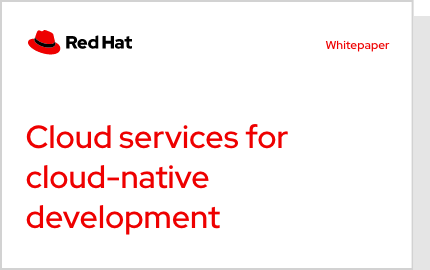Achieve Seamless Scalability With Cloud Provider
In the ever-evolving landscape of cloud services, achieving seamless scalability stands as a keystone for modern-day companies seeking to stay affordable and adaptable. The ability to easily expand or get sources in action to transforming demands is a critical advantage in today's busy digital setting. By mastering the art of scalable cloud remedies, organizations can not just optimize efficiency and enhance operations but also lead the way for future growth and innovation. The pursuit for seamless scalability with cloud solutions unveils a world of possibilities for those going to embrace the transformative power of dynamic resource management.
Advantages of Cloud Scalability
Cloud scalability supplies organizations the adaptability to dynamically adjust resources based upon need, making certain optimum efficiency and cost efficiency. One essential advantage is the ability to scale resources up or down quickly in feedback to fluctuating workloads. This agility enables services to meet transforming consumer demands without over-provisioning resources, eventually causing set you back financial savings. Scalability additionally boosts performance by guaranteeing that systems can take care of increased traffic or workload without experiencing downtime or slowdowns. By effectively alloting sources, companies can preserve high degrees of efficiency during peak times without unnecessary expenditures during quieter periods. Additionally, cloud scalability advertises technology and experimentation by allowing businesses to easily test originalities and scale them as needed. This adaptability encourages a society of continual enhancement and adaptation, allowing organizations to remain competitive in a swiftly developing market landscape. Eventually, the benefits of cloud scalability prolong past price savings to incorporate enhanced efficiency, dexterity, and innovation.
Trick Functions for Scaling
Efficient scaling in cloud solutions counts on vital functions that enable companies to adjust resources dynamically based on demand. One more essential function is scalability, enabling systems to take care of enhanced work by including resources flawlessly. On the whole, these crucial functions collectively empower organizations to accomplish smooth scalability in cloud solutions.
Carrying Out Auto-Scaling Methods
To efficiently maximize source allowance and adapt to varying work, companies have to purposefully carry out auto-scaling methods in their cloud solutions facilities. Auto-scaling allows systems to instantly change the variety of compute sources based on real-time need. There are numerous auto-scaling approaches that organizations can employ, such as anticipating scaling, which makes use of historical information to anticipate future source demands, and responsive scaling, which reacts to existing work modifications.

Best Practices for Scalability
For companies intending useful link to enhance their scalability in cloud services, carrying out best practices is crucial for optimum performance and source administration. One key ideal method is developing applications with a microservices architecture. This strategy breaks down applications into smaller, independent services that can be released, updated, and scaled independently, permitting for higher versatility and scalability.
An additional crucial practice is utilizing containerization modern technology, such as Docker or Kubernetes. Containers make it possible for the packaging of applications and their dependences right into isolated systems, making it simpler to scale elements independently and release them consistently across various environments.
Additionally, implementing automated deployment and infrastructure as code (IaC) can simplify scalability initiatives (linkdaddy cloud services). Automation devices like Terraform or Ansible aid in provisioning and handling sources effectively, lowering hand-operated mistakes and enabling fast scalability
In addition, monitoring performance metrics, setting up signals, and performing regular ability planning are vital methods to make sure aggressive scalability management. By adhering to these best methods, organizations can attain seamless scalability in their cloud services while enhancing performance and resource use.
Monitoring Efficiency Metrics
When analyzing the performance of cloud solutions scalability, carefully keeping an eye on performance metrics is imperative for making certain optimal capability and resource allowance. By continually tracking crucial efficiency indicators (KPIs) such as action times, throughput, source, and latency use, organizations can acquire useful insights into the health and performance of their cloud framework. Keeping track of performance metrics enables the very early detection of prospective bottlenecks or concerns that could influence scalability, enabling proactive actions to be taken to resolve them prior to they intensify.

Final Thought
In conclusion, accomplishing seamless scalability with cloud solutions is vital check my source for organizations to optimize performance, boost advancement, and maintain high efficiency levels during peak times. By leveraging the benefits of cloud scalability, implementing auto-scaling strategies, using essential features such as flexibility and automation, and complying with finest methods like application layout and efficiency monitoring, businesses can efficiently scale their systems while making best use of source usage and efficiency.
The mission for smooth scalability with cloud solutions reveals a world of opportunities for those prepared to accept the transformative power of dynamic resource monitoring.
Cloud scalability provides companies the versatility to dynamically readjust resources based on need, guaranteeing optimum efficiency and price effectiveness. Another crucial feature is scalability, making it possible for systems to deal with increased work by adding sources perfectly.For companies aiming to improve their scalability in cloud solutions, carrying out best methods is essential for optimal performance and source management.When examining the effectiveness of cloud solutions scalability, closely keeping an eye on efficiency metrics is essential for ensuring optimal functionality and source allocation.